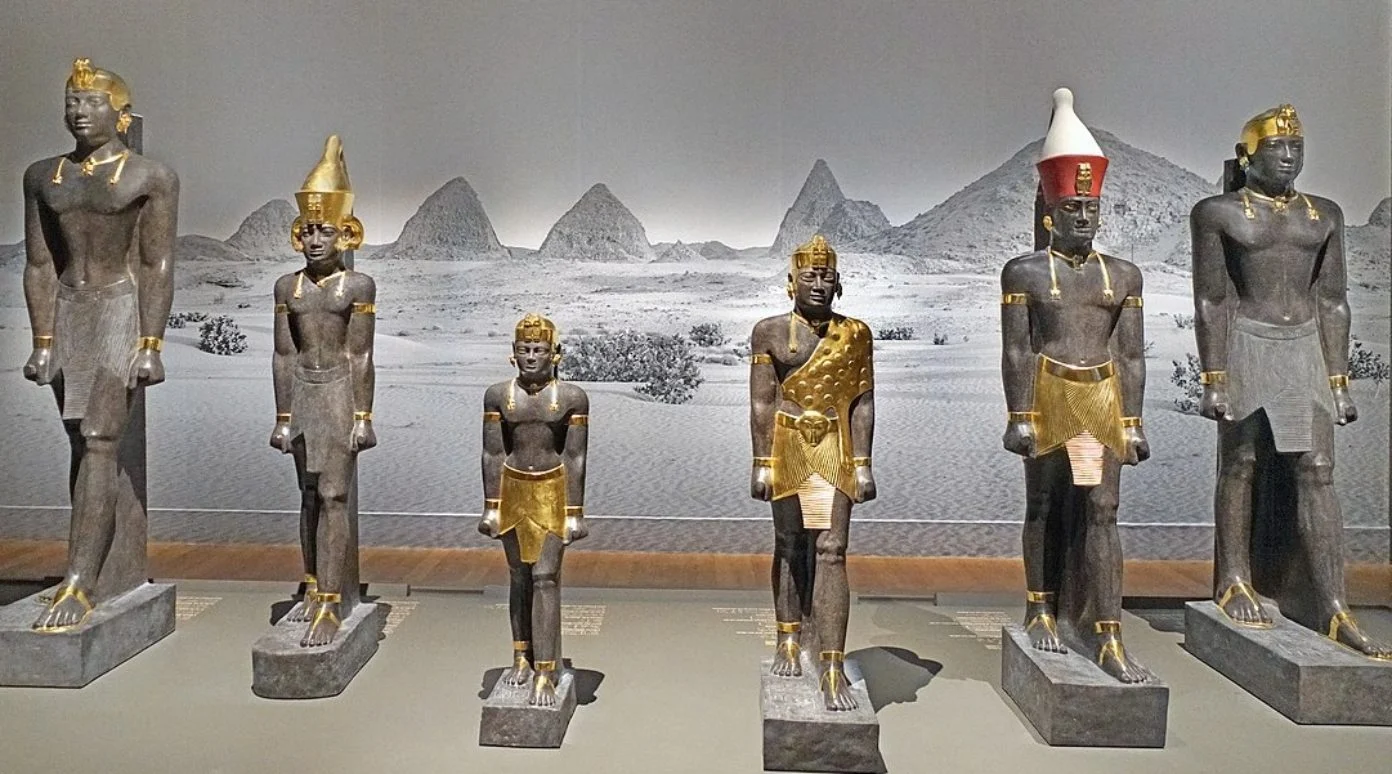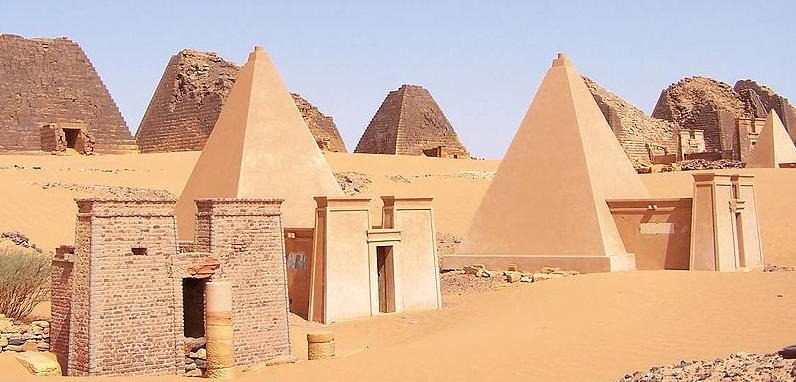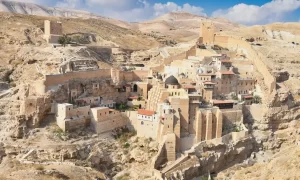Ancient Egypt’s Black Pharaohs

Ancient Egypt’s
Netflix’s Sovereign Cleopatra docuseries has caused a huge tempest of contention encompassing its portrayal of Cleopatra VII Philopator as a person of color, and while Cleopatra herself was not dark, there were to be sure dark pharaohs who governed over Egypt at one point in the eighth and seventh hundreds of years BC.
The 25th Tradition, otherwise called the Nubian Administration, or Dark Pharaohs, controlled Egypt between 744 BC and 656 BC as a component of the more extensive Kushite Domain. The 25th Tradition began from the city-territory of Napata in Nubia, in what is today Sudan.
The Nubian Kushite development, from whom the 25th Administration began, could, similar to the Egyptians, gloat of amazing design, imaginative, and social accomplishments. Unfortunately, this confounding development has been eclipsed by its better-known individuals and doesn’t accomplish the consideration it merits in a standard setting.
The Dark Pharaohs: 25th Line Egypt
The 25th Line’s ascent to drive started with Lord Piye, who sent off a tactical mission into Egypt and effectively caught Memphis, the capital, in 727 BC. Piye announced himself pharaoh and started the Kushite Line’s standard over Egypt, despite the fact that it was his replacement, Shebitku, who completely settled Kushite command over Egypt subsequent to overcoming Lord Bakenranef of the opponent 24th Tradition at the Skirmish of Sais.
Resulting rulers of the tradition, including Shabaka, Shebitku, Taharqa, and Tanutamun, kept on merging their power and state their position over Egypt.
The Kushite pharaohs of the 25th Tradition carried out different arrangements during their standard. They looked to reestablish conventional Egyptian strict practices and encouraged a recovery of the old cliques and sanctuaries. The Kushite rulers stressed their authenticity by falling in line with Egyptian customs and introducing themselves as heroes of Ma’at (request and equity).
The Dark Pharaohs raised fabulous designs and revamped existing sanctuaries, abandoning a rich structural heritage. As indicated via Caroline H. Armstrong, “Taharqa was the best developer among the Kushite rulers” and he left on aggressive development projects, for example, the extension of the Sanctuary of Amun at Karnak in Thebes, which displayed his obligation to the renewal of Egyptian strict locales.
Kushite Pyramids

The Kushite lords of Egypt were likewise quick to start a restoration of pyramid working in their new domain, achieving a resurgence of fantastic burial chambers to the Egyptian scene. This restoration happened roughly 1,000 years after Egyptian internment rehearses had developed away from pyramid development.
The 25th Administration, presented their own pyramids, exhibiting their social and political association with old Egypt. The development of Nubian pyramids started at El Kurru in 751 BC, at first filling in as the last resting place for Piye, the debut leader of the Twenty-fifth Administration. Accordingly, extra pyramids were raised at the Nuri site.
Nubian pyramids were designed according to an unmistakable type of Egyptian confidential tip top family pyramids that had been common during the New Realm time, spreading over from 1550 BC to 1069 BC. These designs encapsulated the building style and imagery of antiquated Egypt, mirroring the congruity and adoration for the practices of the pharaohs.
It is imperative that a more prominent number of Nubian pyramids have made due to the current day contrasted with their Egyptian partners. This reality features the persevering through nature of the Nubian pyramid structures, which have endured everyday hardship.
The recovery of pyramid development during the Twenty-fifth Tradition revived the old Egyptian internment rehearses as well as displayed the social trade and verifiable ties among Nubia and Egypt. The Nubian pyramids stand as getting through demonstrations of the creativity, designing ability, and social interchange of these intriguing civilizations.












































